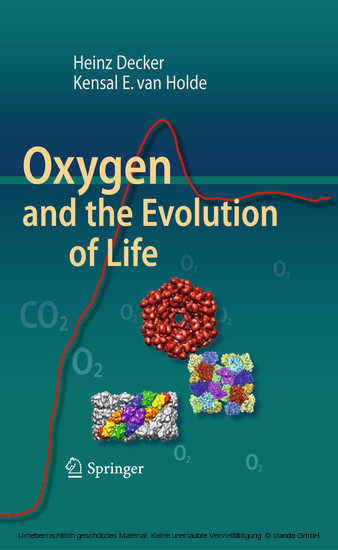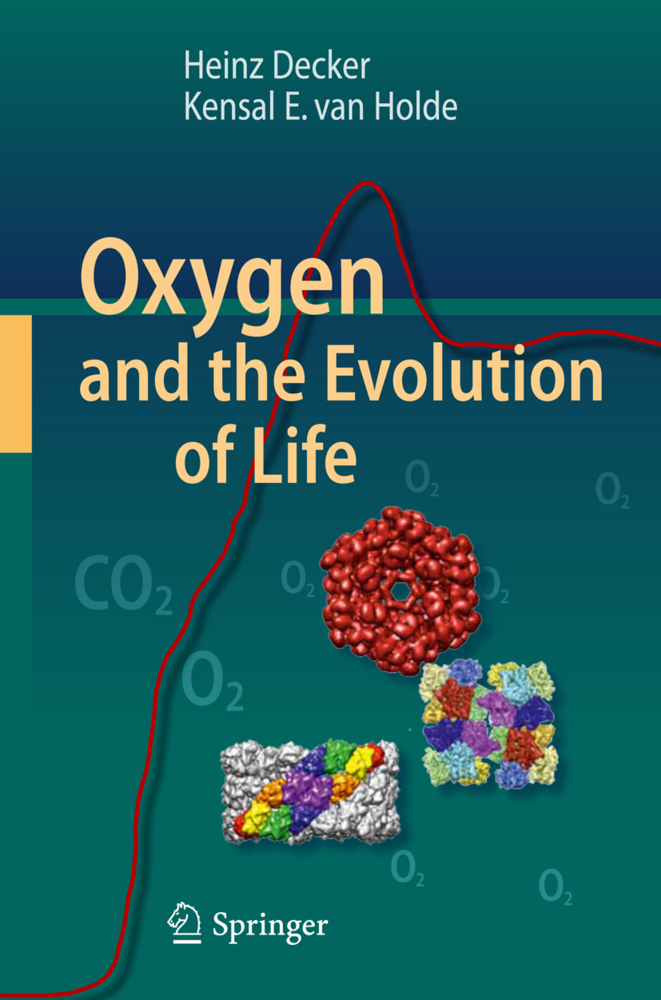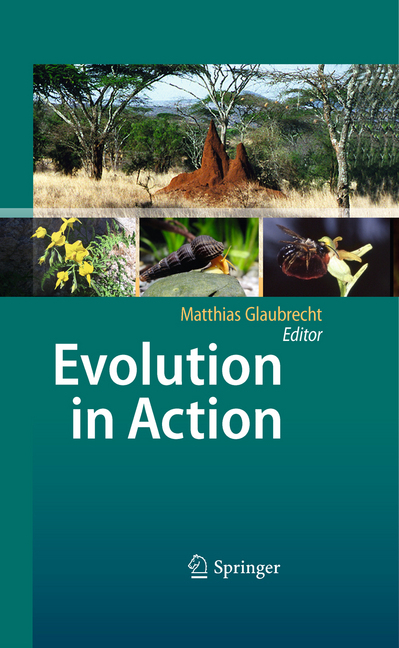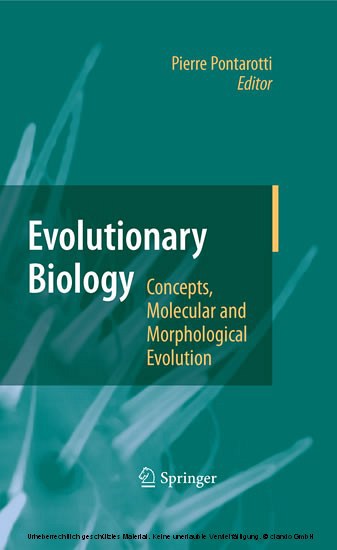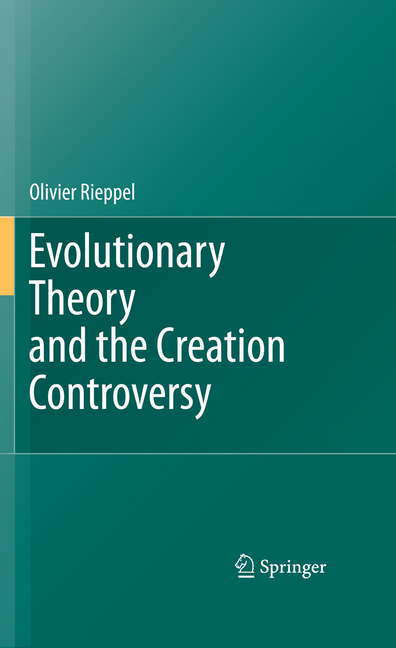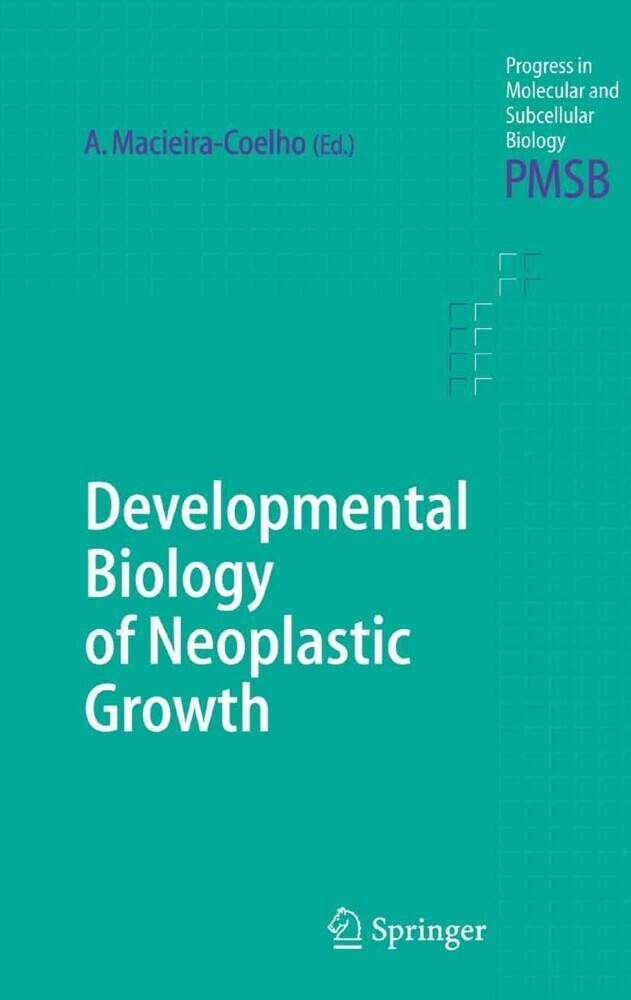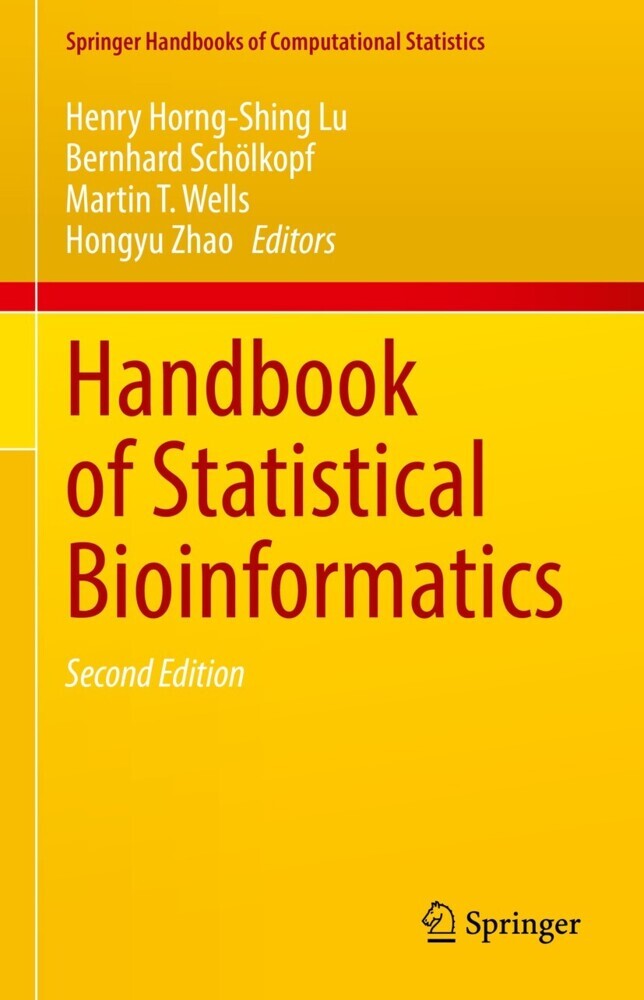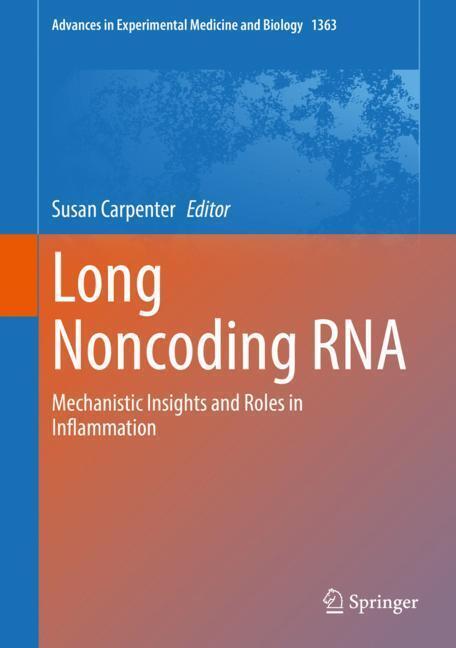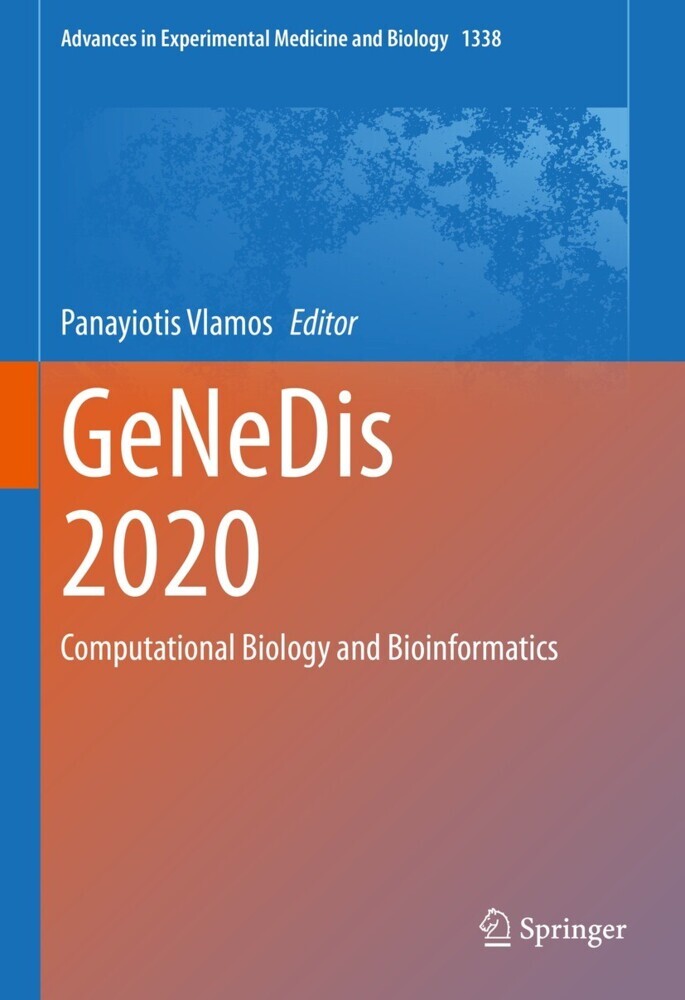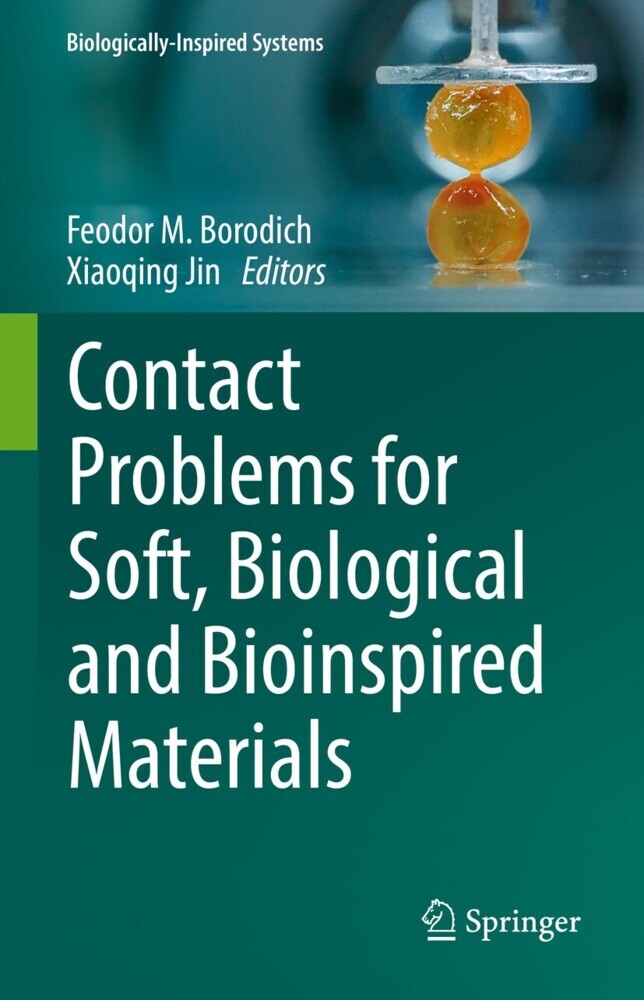Oxygen and the Evolution of Life
Oxygen and the Evolution of Life
The book depicts the interleaved histories of life and oxygen. It is argued that life must have originated in an environment lacking free O2, and must have spent nearly a billion years as anaerobic bacteria. Then, in a stunning reversal, the evolution of photosynthesis introduced O2 into the environment.
For many organisms this was a disaster, but a few were able to evolve a much more efficient aerobic metabolism. Chapters deal with this evolution, with how life coped with oxygen, and how oxygen levels in the sea and atmosphere changed world chemistry forever. The authors describe the subsequent burst of evolution that led to today s world. They also consider the interplay of oxygen and CO2 levels, the consequences such as massive glaciations (snowball earth episodes), and how life dealt with them. They discuss global warming in this context, and finally, devote chapters to the roles of oxygen in medicine and in extraterrestrial exploration.
For many organisms this was a disaster, but a few were able to evolve a much more efficient aerobic metabolism. Chapters deal with this evolution, with how life coped with oxygen, and how oxygen levels in the sea and atmosphere changed world chemistry forever. The authors describe the subsequent burst of evolution that led to today s world. They also consider the interplay of oxygen and CO2 levels, the consequences such as massive glaciations (snowball earth episodes), and how life dealt with them. They discuss global warming in this context, and finally, devote chapters to the roles of oxygen in medicine and in extraterrestrial exploration.
1;Oxygen and the Evolution of Life;3 1.1;Preface;5 1.2;Contents;7 1.3;Abbreviations;11 1.4;Chapter 1: Oxygen, Its Nature and Chemistry: What Is so Special About This Element?;13 1.4.1;1.1 A Brief Introduction to Oxygen;13 1.4.2;1.2 Atomic Structure of Oxygen: Chemical Bonding Potential;14 1.4.3;1.3 The Dioxygen Molecule;17 1.4.4;1.4 Reactive Oxygen Species;20 1.4.4.1;1.4.1 Superoxide 1O2-*;20 1.4.4.2;1.4.2 Hydrogen peroxide (H2O2);21 1.4.4.3;1.4.3 Peroxyl radical (ROO*);21 1.4.5;1.5 Ozone;22 1.4.6;1.6 Water;24 1.4.7;1.7 Water Vapor in the Atmosphere;27 1.4.8;1.8 Carbon Dioxide;27 1.4.9;1.9 Solubility of Gases in Water;28 1.4.10;1.10 Hydrolysis and Dehydration: Central Water Reactions in Biology;28 1.4.11;1.11 Redox Reactions;29 1.4.12;References;30 1.5;Chapter 2: A Brief History of Oxygen;32 1.5.1;2.1 Cosmic History of the Elements;32 1.5.1.1;2.1.1 The Sun and Solar System;35 1.5.2;2.2 Formation of Earth;36 1.5.3;2.3 The Primordial Environment;38 1.5.3.1;2.3.1 Atmosphere of the Early Earth;38 1.5.3.2;2.3.2 Water on the Earth´ Surface: The Origin of Oceans;40 1.5.3.3;2.3.3 The First Greenhouse Effect;40 1.5.4;2.4 Life: Its Origins and Earliest Development;41 1.5.5;2.5 A Billion Years of Life Without Dioxygen: Anaerobic Metabolism;43 1.5.5.1;2.5.1 Some Principles of Metabolism;43 1.5.6;2.6 The Invention of Photosynthesis;46 1.5.7;2.7 How Oxygenic Photosynthesis Remodeled the Earth;49 1.5.7.1;2.7.1 The First Rise of Dioxygen;49 1.5.7.2;2.7.2 Effects on Life: An Ecological Catastrophe?;50 1.5.7.3;2.7.3 Effects on the Earth;51 1.5.8;References;52 1.6;Chapter 3: Coping with Oxygen;54 1.6.1;3.1 The Impact of Oxygenation on an Anaerobic World;54 1.6.2;3.2 Production of Reactive Oxygen Species;55 1.6.3;3.3 Coping with Reactive Oxygen Species;58 1.6.3.1;3.3.1 Scavenger Molecules;58 1.6.3.2;3.3.2 Enzymes for Detoxification of ROS;60 1.6.3.3;3.3.3 Antioxidant Enzyme Systems;62 1.6.4;3.4 How to Avoid Reactive Oxygen Species?;63 1.6.5;3.5 Evolving Defense Strategies;64 1.6.5.1;3.5.1 Aggregation for Defense;64 1.6.5.2;3.5.2 Melanin;65 1.6.5.3;3.5.3 Oxygen Transport Proteins Prevent Creation of Oxygen Radicals;66 1.6.6;3.6 Reactive Oxygen Species as Cellular Signals;67 1.6.7;3.7 Dioxygen as a Signal: Oxygen Sensor;67 1.6.8;3.8 Summary: Reactive Oxygen Species and Life;68 1.6.9;References;69 1.7;Chapter 4: Aerobic Metabolism: Benefits from an Oxygenated World;71 1.7.1;4.1 The Advantage to Being Aerobic;71 1.7.2;4.2 Evolution of an Aerobic Metabolism;72 1.7.2.1;4.2.1 Special Mechanisms Needed for Aerobic Metabolism;72 1.7.2.2;4.2.2 When and How Did Aerobes Arise?;73 1.7.3;4.3 Eukaryotes: The Next Step in Evolution;77 1.7.3.1;4.3.1 Distinction Between Prokaryotes and Eukaryotes;77 1.7.3.2;4.3.2 The Symbiotic Hypothesis;77 1.7.4;4.4 The Last Great Leap: Multicellular Organisms, ``Metazoans´´;79 1.7.4.1;4.4.1 When, Why, and How?;79 1.7.4.2;4.4.2 Collagen and Cholesterin;80 1.7.4.3;4.4.3 Half a Billion Years of Stasis?;81 1.7.4.4;4.4.4 Emergence and Extinction of the Ediacaran Fauna;82 1.7.4.5;4.4.5 The Bilateral Body Plan;83 1.7.4.6;4.4.6 The ``Cambrian Explosion´´: Fact or Artifact?;84 1.7.5;References;86 1.8;Chapter 5: Facilitated Oxygen Transport;88 1.8.1;5.1 How to Deliver Dioxygen to Animal Tissues?;88 1.8.2;5.2 Modes of Delivery;89 1.8.2.1;5.2.1 Diffusion from the Surface;89 1.8.2.2;5.2.2 Transport via Blood as a Dissolved Gas;90 1.8.2.3;5.2.3 Oxygen Transport Proteins: What They Must Do?;91 1.8.3;5.3 Modes of Dioxygen Binding to Oxygen Transport Proteins;93 1.8.3.1;5.3.1 Cooperative and Noncooperative Binding;93 1.8.3.2;5.3.2 How Does Cooperativity Work?: Models for Allostery;95 1.8.3.3;5.3.3 Self-Assembly and Nesting;97 1.8.3.4;5.3.4 Why Complex Multisubunit Oxygen Transport Proteins?;98 1.8.4;5.4 Modulation of Dioxygen Delivery by Oxygen Transport Proteins: Heteroallostery;98 1.8.4.1;5.4.1 Modulation by the Products of Anaerobic Metabolism: the Bohr Effect;99 1.8.4.2;5.4.2 The Haldane Effect;99 1.8.4.3;5.4.3 The Root Effect;100 1.8.4.4;5.
Decker, Heinz
van Holde, Kensal E
| ISBN | 9783642131790 |
|---|---|
| Artikelnummer | 9783642131790 |
| Medientyp | E-Book - PDF |
| Copyrightjahr | 2010 |
| Verlag | Springer-Verlag |
| Umfang | 172 Seiten |
| Sprache | Englisch |
| Kopierschutz | Digitales Wasserzeichen |

